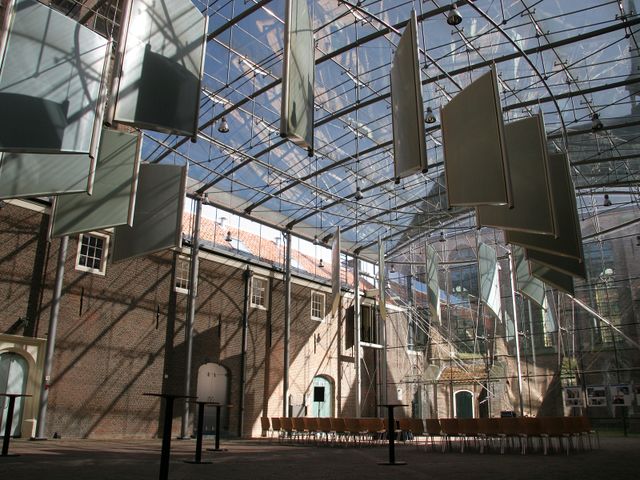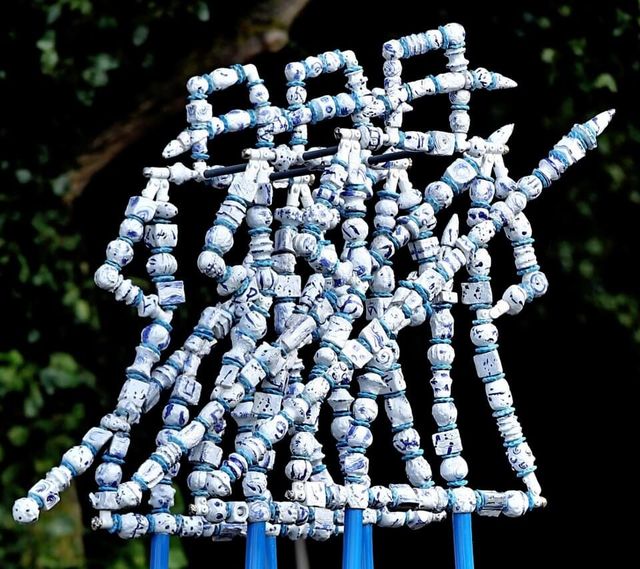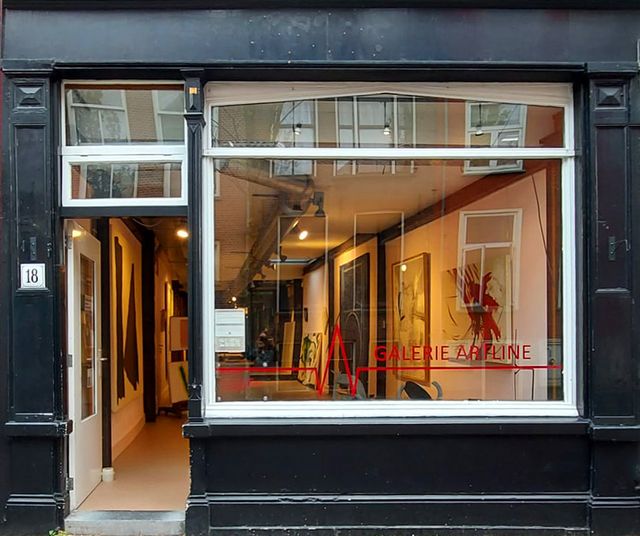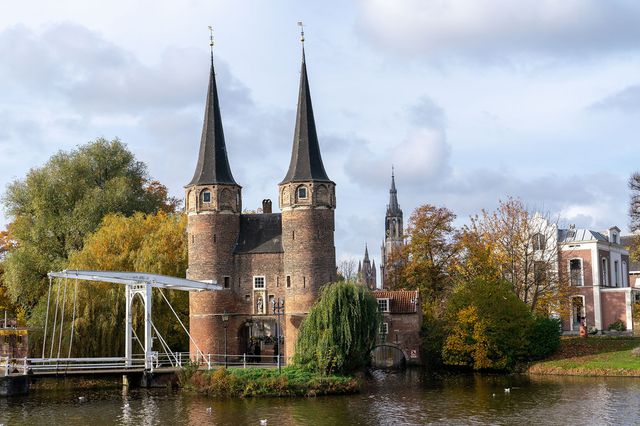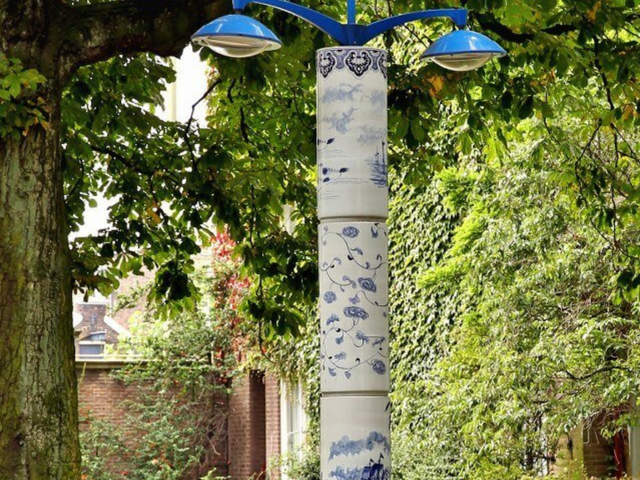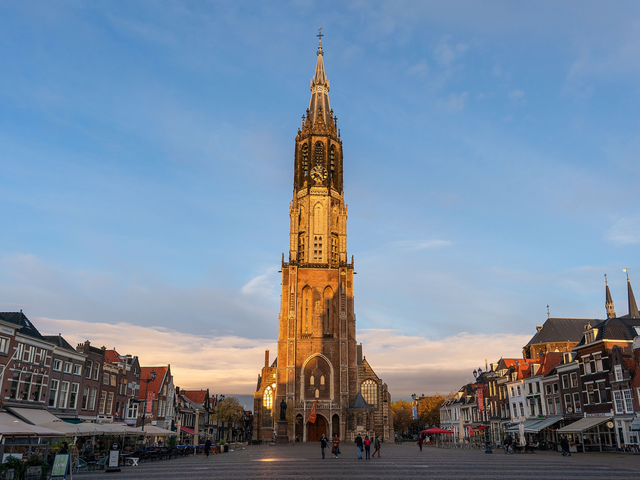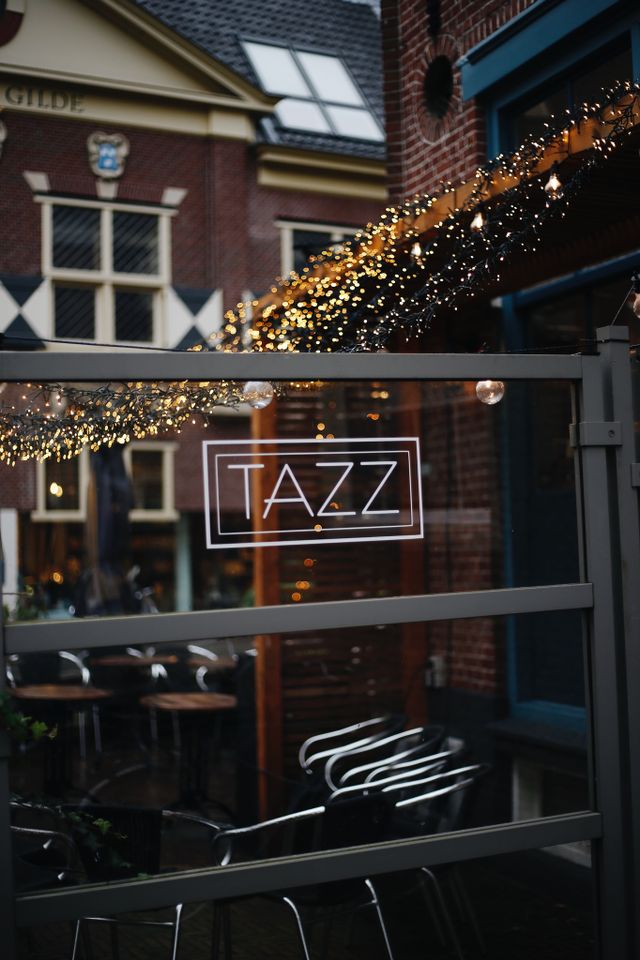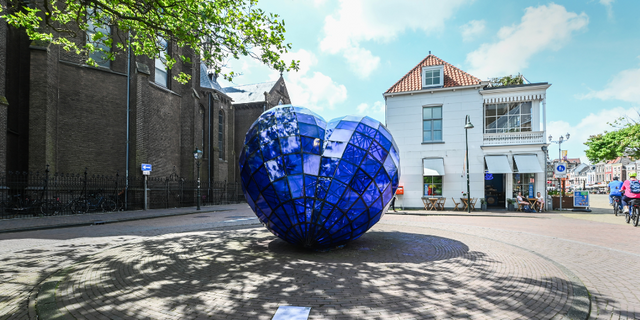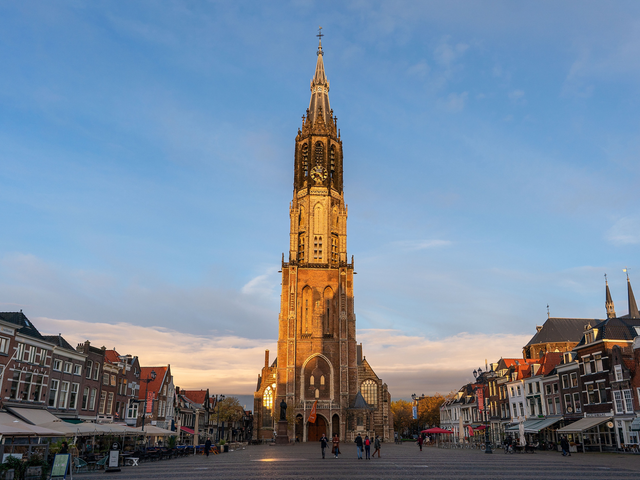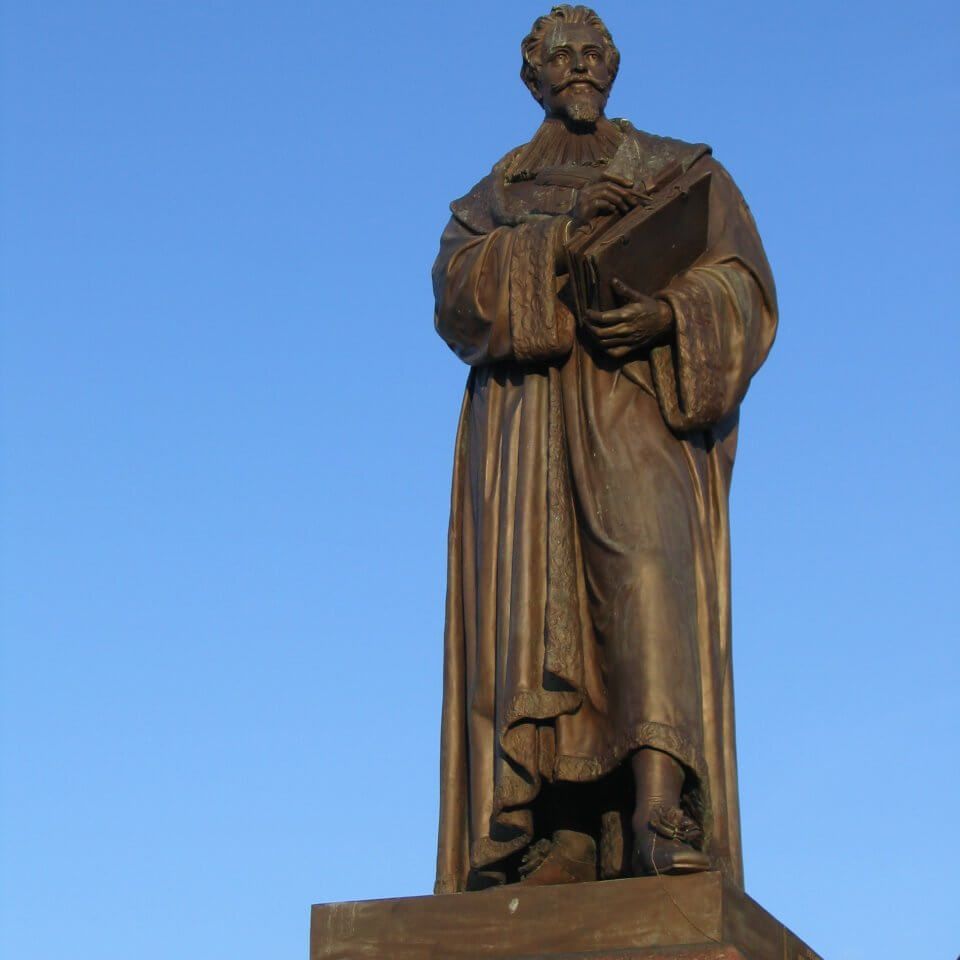
Hugo de Groot - Oranje Route
The statue of Hugo de Groot was placed in 1886 in memory of the Delft-born lawyer and Remonstrant leader Hugo Grotius.
Hugo de Groot was born in 1583 in Delft. Soon he amazed everyone with his intelligence and knowledge. Already at the age of 11, he was admitted to the University of Leiden to study law. Five years later he obtained his doctorate. Hugo was considered one of the founders of International Law. His most famous works include “Mare Liberum” (on the law of the free sea) and “De Iuri Belli ac Pacis” (on the law of war and peace).
During the Twelve Years' Truce (1609-1621) in the Dutch Revolt, a religious disagreement between Remonstrants and Counter-Remonstrants continued to flare up. Serious riots broke out between both parties. Prince Maurits and his army were given great powers to maintain order. The Remonstrant members of the States of Holland were immediately captured by order of Prince Maurits, including Hugo de Groot, pensionary of Rotterdam.
De…
Hugo de Groot was born in 1583 in Delft. Soon he amazed everyone with his intelligence and knowledge. Already at the age of 11, he was admitted to the University of Leiden to study law. Five years later he obtained his doctorate. Hugo was considered one of the founders of International Law. His most famous works include “Mare Liberum” (on the law of the free sea) and “De Iuri Belli ac Pacis” (on the law of war and peace).
During the Twelve Years' Truce (1609-1621) in the Dutch Revolt, a religious disagreement between Remonstrants and Counter-Remonstrants continued to flare up. Serious riots broke out between both parties. Prince Maurits and his army were given great powers to maintain order. The Remonstrant members of the States of Holland were immediately captured by order of Prince Maurits, including Hugo de Groot, pensionary of Rotterdam.
De Groot was sentenced to life imprisonment and transferred to Loevestein Castle. During his imprisonment, Hugo de Groot read a lot. Piles of books were delivered and collected in a large chest. On March 22, 1621, Hugo de Groot fled Loevestein in that book chest. He disguised himself as a bricklayer and fled the city. Hugo went to Paris and, supported by the King of France, requested the States of Holland to allow his wife and children to also leave for France. This request was granted, on the condition that De Groot never returned to the Netherlands. In 1634, Hugo de Groot was appointed ambassador for the Queen of Sweden in France. In 1645 his ship was shipwrecked on a return voyage from Sweden. Hugo did not survive this tragedy and died in Rostock (Germany). He is buried in the Nieuwe Kerk in Delft.

